A long time ago, when we were just launching UXPressia, we were pretty sure that having multiple personas on a single journey was overkill. We believed one customer journey should have one and only persona. After all, it's called customer journey, not customers’ journey, right? Well, that was what we knew from our experience and from what we actually had been contemplating in others' journey maps. At that time, it made perfect sense to us: if two personas have similar journeys, why bother and create more maps?
It didn’t occur to us that maybe, just maybe, there’s something wrong with those personas. Now, each persona should represent different behavioral patterns. If it doesn’t, chances are you are focusing too much on demographics, which is a no-no. Well, that was what we believed in. And we were wrong.
Later, once UXPressia had become a thing, we started receiving more and more requests to allow users to have more than one persona linked to a customer journey map.
We had never seen any good examples of a multiple-personas map and we were really itching to hear about at least one use case. So we did what we should have — reached out to our community.
After talking to our user community we identified two colliding cases when introducing additional personas to the same journey map is a great idea. And they inspired us to introduce the multipersona functionality that allows doing that. Read on to learn how to use it in both cases.
Or... watch it
In this video, our Customer Success Agent Julia explains why building a multi-persona journey map is helpful to truly understanding your customers and delivering personalized experiences.
Learn from two examples of how to use multiple personas on a single map and apply what you've learned to your own maps.
Case 1: Comparing more or less similar journeys
The most typical case of using multiple personas on the same map pretty much reminds of that romantic comedy with Mila Kunis, where a couple breaks up saying that they may have similar directions, but they want different things.
In other words, when personas are going through the same journey, but they have different goals and needs at each (or almost each) stage. Thus their behavioral patterns are different.
So having a single journey map for multiple personas with common patterns and traits but with different goals, becomes crucial to designing good services.
Take a look at these two buyer e-commerce personas (more e-commerce templates are available):
Now let’s see how separate experiences of two personas can be merged into one journey with the help of UXPressia's functionality:
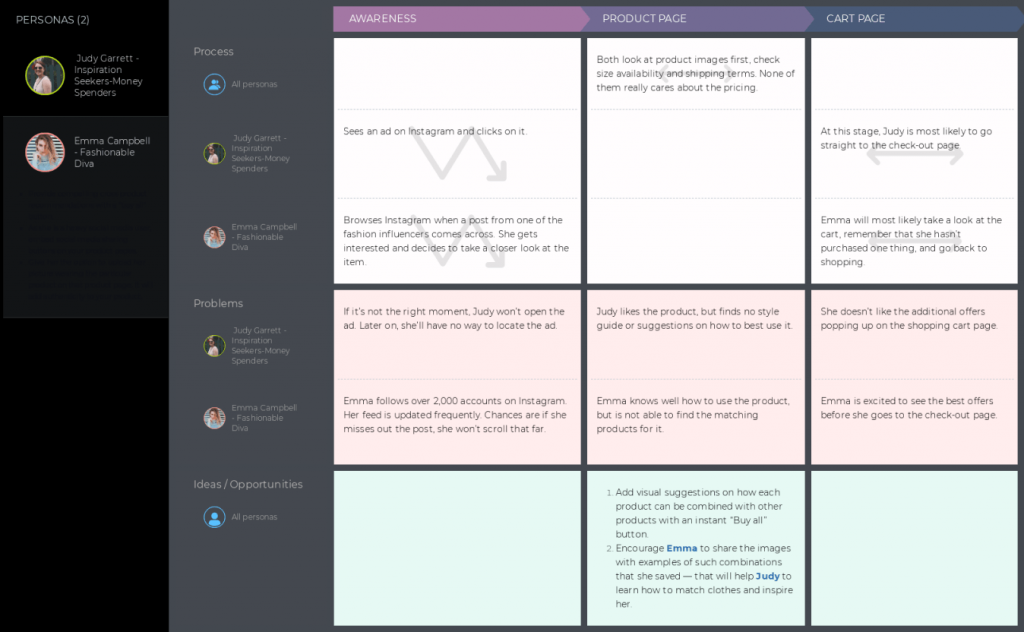
Case 2: Multiple personas interacting with one another
The other reason for having several personas on the same map is when their paths cross. Think about peer-to-peer ridesharing, like Uber, for instance. You have drivers and you have passengers. At certain moments both meet and what happens during those encounters might affect the entire journey.
Here is how separate experiences of two personas can be merged into one journey in the Personas section:
As you see, things are getting interesting when personas meet in the same touchpoint. Their expectations, needs, and thoughts are different.
During the ride, Cynthia doesn’t show much willingness to talk. But Anthony has a different opinion. He believes a small talk is exactly what will make the ride fun. Cynthia feels awkward because she's being short with the driver. Anthony feels awkward because the passenger doesn’t keep a conversation, and he's worried about receiving 3 stars.
The situation is uncomfortable, and this awkwardness will definitely have an impact on business in case both journey participants will stay unsatisfied and disappointed (and they probably will).
For another case of a multipersona template, check out our article on improving customer experience in manufacturing: there's a map example at the end.
Having multiple personas on a single map will let you look at where the journeys intersect. And then you might find out that something you considered a pain-point that existed in a vacuum, is actually the consequence of a bad interaction between two personas.
If you have more cases to add to the list — feel free to share them in the comments section below!
Multipersona journey mapping case: video
Want to see how to build multipersona CJMs in UXPressia? Watch the recording of our webinar below.
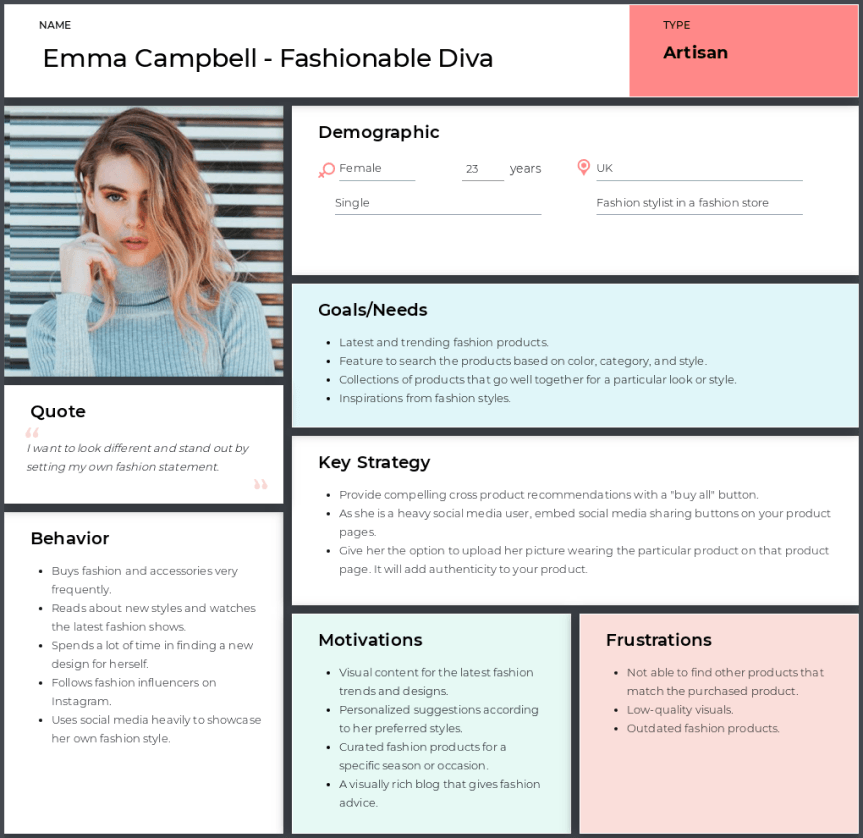
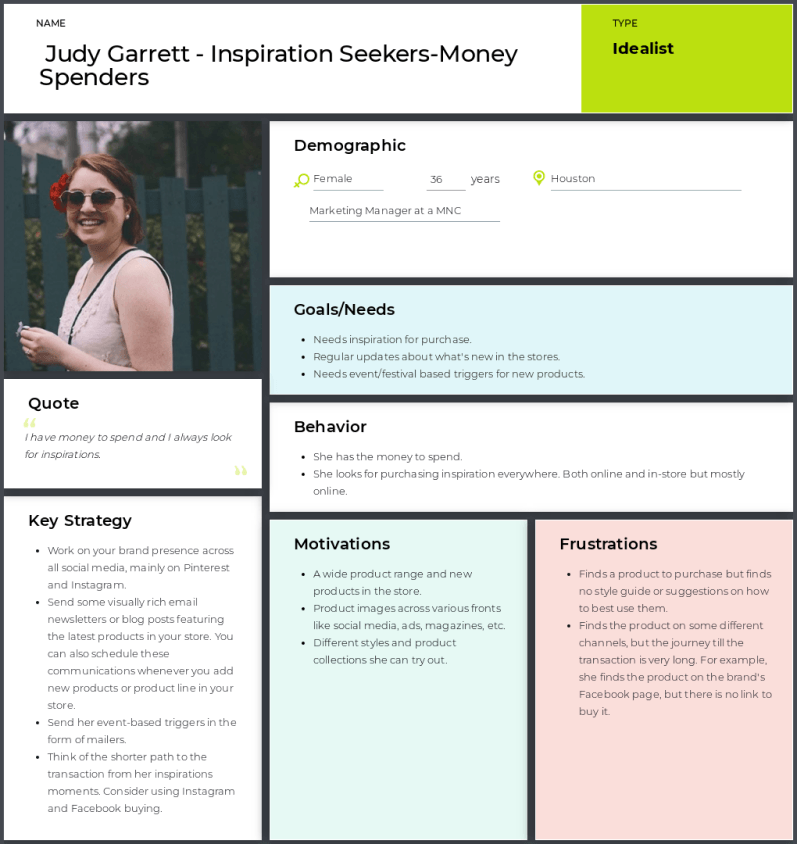
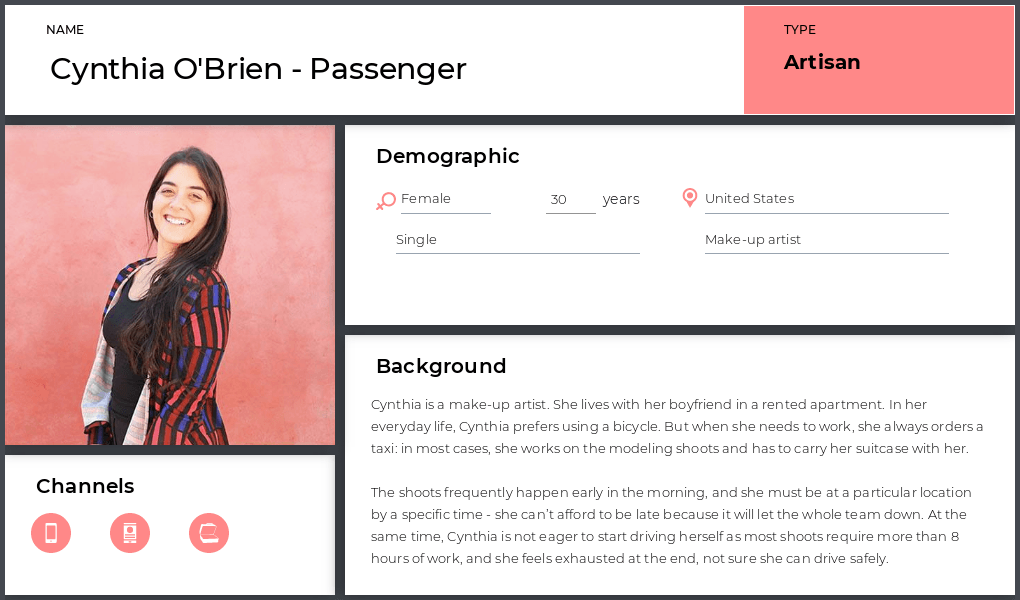
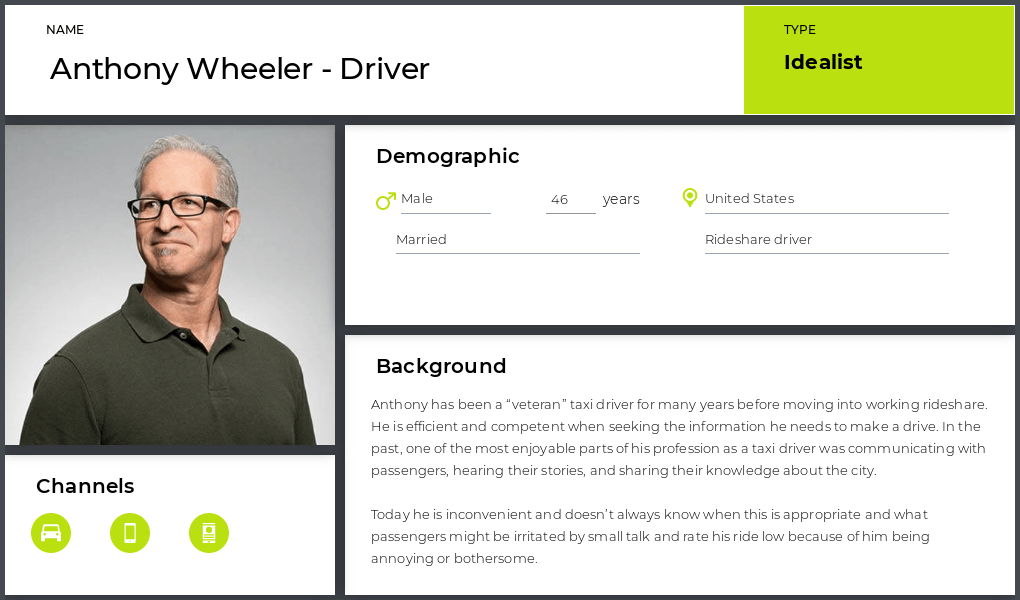


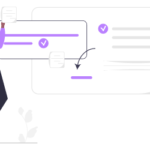




These are great examples are these multiple persona journey map templates available in UXPressia now? Are you able to share a template? We are currently working on a project and these examples are just what we need. I’d love to here where your team is with this progress
Thank you, Fella!
You’ll find the templates from this post here: https://uxpressia.com/templates/cjm-for-multiple-personas and here: https://uxpressia.com/templates/cjm-for-multiple-personas-in-b2b. These are temporary workarounds though as we’re still working on the native support for multi-persona journeys which we’re going to bring later this or early next year.
Is this feature available already? It would be mega helpful for a project I’m working on.
Hi Alicia, we’re still working on the native multi-persona support which we’ll hopefully bring later in 2019 or in early 2020. Until then, we recommend to use the workarounds in this post: https://help.uxpressia.com/en/articles/932987-add-multiple-personas-to-a-single-cjm. Hope it’ll help you with the project!
Love this multiple personas feature. We do use it for comparing similar maps sometimes, but more often, to illustrate the interactions between our customers and our employees.